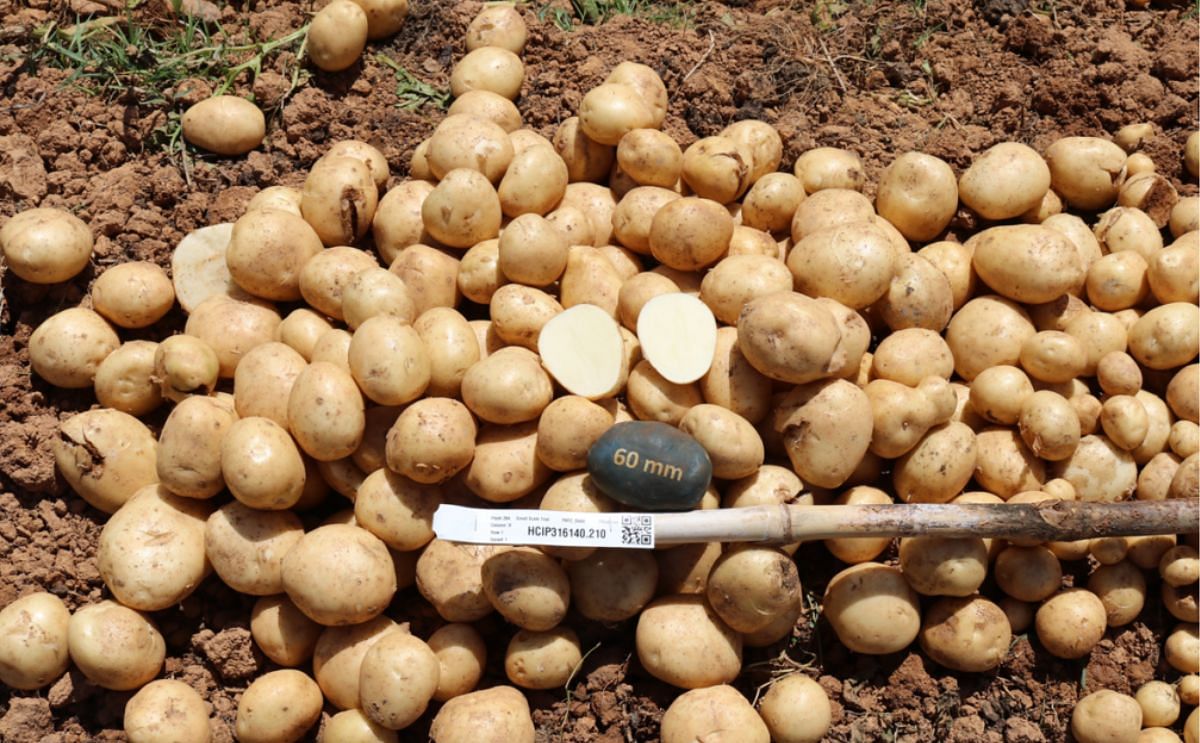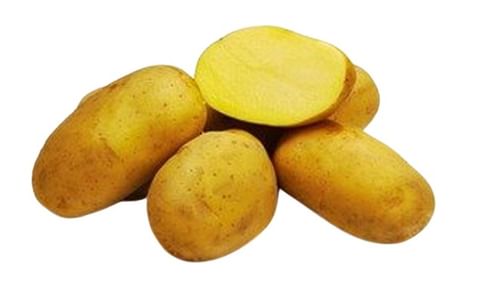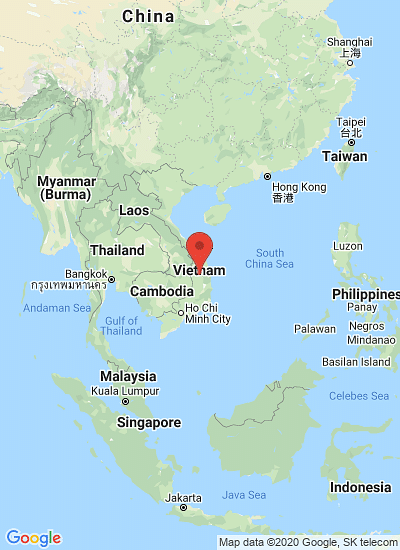HCİP210, newly launched potato variety suitable for Vietnam
主标签
HZPC and CIP develop an early-maturing potato variety suitable for Vietnam: HCIP210

Vietnam has just welcomed a new potato variety HCIP210 developed through a public-private partnership.
This breakthrough is part of the TAP5 project entitled "The collaborative breeding of five tropically adapted potato varieties", an initiative that has been combining the strengths of public and private sectors to accelerate potato breeding and selection processes, and it’s just the beginning of something truly remarkable.
Traditionally, developing a new potato variety takes anywhere from 10 to 12 years. But thanks to the collaborative efforts of the TAP5 project, Vietnam has witnessed the birth of HCIP210 in just eight years.
This cream-fleshed potato variety has many benefits, including high yield potential, adaptability to various conditions, and robust resistance to late blight and viruses like PVY and PVX.
What’s more, it boasts an extended dormancy period of over 120 days, ensuring a steady supply of high-quality ware potatoes long after the harvest season.
The success of HCIP210 has been validated through large-scale on-farm registration trials conducted across six locations in Vietnam, including the Red River Delta and the Central Highlands.
The results are nothing short of impressive, with HCIP210 outperforming commercial checks like Marabel and PO3 by recording up to 17% higher marketable tuber yields in certain regions.
This variety is poised to significantly impact smallholder farmers in Vietnam, as its resistance to major biotic stresses could substantially reduce the need for chemical interventions.
One of HCIP210’s standout features is its adaptability to highland regions, making it a valuable asset for off-season cultivation when other susceptible varieties struggle to thrive.
This adaptability can play a crucial role in reducing the reliance on potato imports from neighboring countries during times of supply shortages.
But what exactly is the TAP5 project, and how did it make this breakthrough possible? This groundbreaking endeavor kicked off in 2016 as a public-private partnership between the International Potato Center (CIP) and HZPC Holdings BV, a leading private potato breeding and seed trading company.
With support from the Syngenta Foundation for Sustainable Agriculture (SFSA) and the United States Agency for International Development (USAID), the TAP5 program aims to enhance food security and family income for resource-poor farmers in Asia and Africa.
Combining traditional and modern breeding techniques such as shuttle breeding across diverse agro-ecologies, and rigorous selection processes using molecular markers, the TAP5 partnership has cracked the code for developing early-maturing, climate-resilient potato varieties suited to tropical environments.
This collaboration seamlessly blends the expertise of the public and private sectors, bringing together the best genetics to create potato varieties perfectly adapted to the needs of Asia and Africa.

Introducing HCIP210 a result of a successful public-private partnership between CIP and HZPC
CIP has a rich history of breeding tropically adapted potato varieties with early maturity and resistance to late blight and lowland tropics viruses.
HZPC brings its genetic material to the table, offering resistance to late blight, PVY, PCN, common scab, and powdery scab in commercially accepted genetic backgrounds for both fresh and processing market segments.
The royalties generated from HZPC’s commercial sales of TAP5 varieties will be reinvested in CIP’s ongoing potato breeding efforts for tropical environments. This project also addresses emerging challenges in potato production, such as bacterial wilt caused by Ralstonia solanacearum, by combining resistance traits with commercially acceptable genetic backgrounds.
The story doesn’t end here. The promising clones identified in Vietnam will soon find their way to other target markets in Asia, including India, Bangladesh, Vietnam, Indonesia, and Africa, encompassing Tanzania, Kenya, and Ethiopia.
As they celebrate the release of HCIP210, they extend their heartfelt thanks to the Syngenta Foundation for Sustainable Agriculture (SFSA), USAID, HZPC Holding BV, and their NARS partners who have played a pivotal role in this remarkable journey.
With HCIP210 paving the way, the future looks incredibly promising for this public-private partnership program and potato farming in the tropical and subtropical environments of Asia and Africa.
Get ready to enjoy a bountiful harvest of delicious and resilient potatoes, and stay tuned for more exciting releases from the TAP5 project in the near future. Together, we’re not just growing potatoes; we’re growing opportunities and prosperity for smallholder farmers across the globe!








